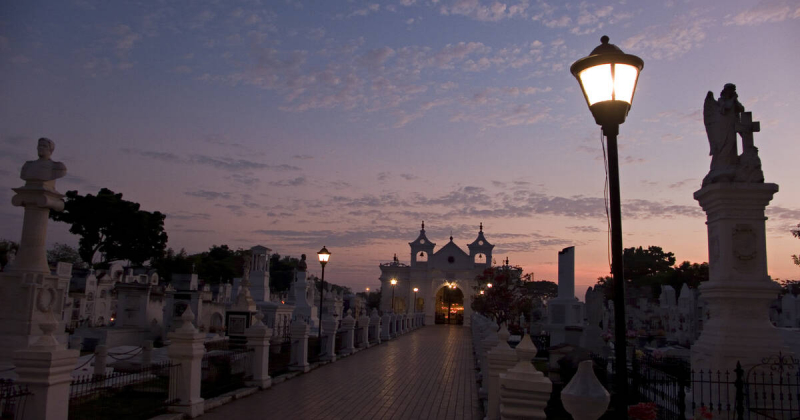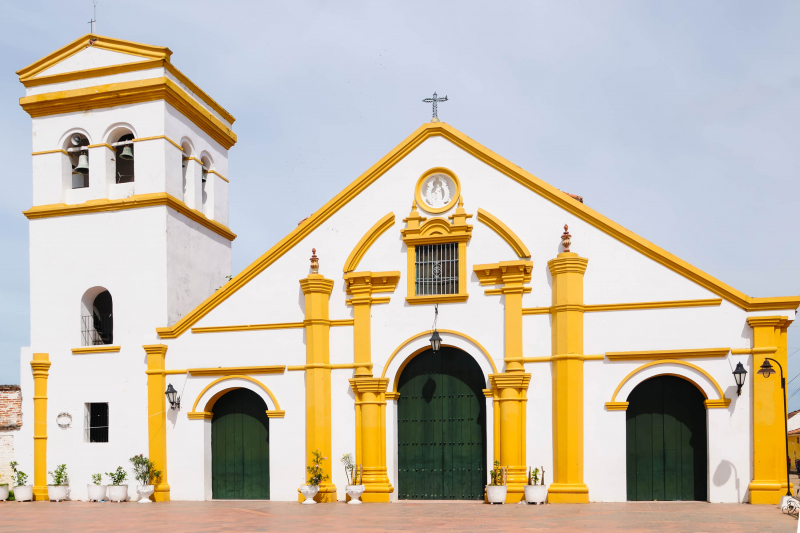Historic Centre of Santa Cruz de Mompox
Mompox, which was founded in 1540 on the banks of the Magdalena River, was an important part of the Spanish colonization of northern South America. The city grew parallel to the river from the 16th to the 19th centuries, with the main roadway acting as a dyke. The urban landscape's harmony and homogeneity have been preserved in the historic center. The majority of the structures are still in use for their original purposes, presenting an excellent representation of what life was like in a Spanish colonial city.
For its history, colonial architecture, and festivities, Mompox has become a famous tourist attraction. The Mompox Jazz Festival, as well as film festivals, are held each year in the town. Tourism is extremely popular during Holy Week celebrations, which begin on Palm Sunday with a flower and candle march to honor the deceased and are followed by a variety of other religious events and ceremonies. Mompox is a prominent religious tourism destination in Colombia because of all of this, as well as its complex ecclesiastical places.
The city's timelessness stems from the city's exceptional architectural preservation, which dates back to the 16th century, and the fact that many of these structures are still in use for their original function. The church of Santa Barbara stands out as one of the city's features, surrounded by several squares and colonial architecture.
Location: Bolívar, Colombia












